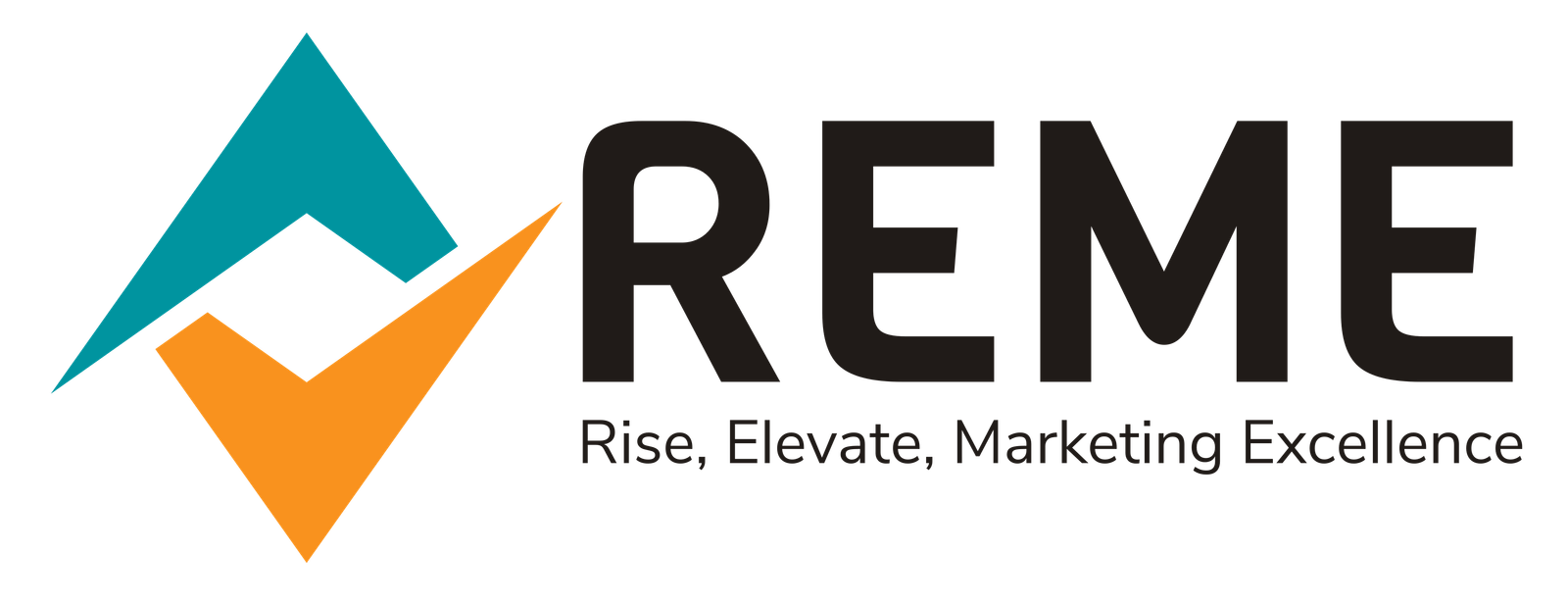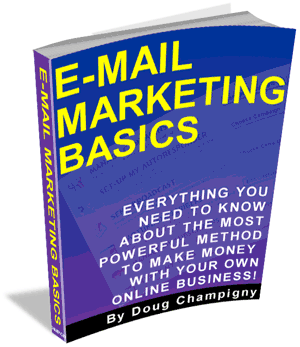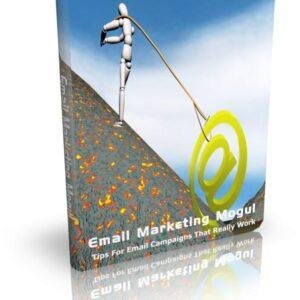
Email Marketing Basics
Email marketing is a powerful tool for businesses to communicate directly with their customers, generate leads, and drive sales. It remains one of the most cost-effective marketing strategies, delivering impressive returns on investment when executed correctly. Here are the fundamental aspects you need to know to get started:
1. Building an Email List
The first step in email marketing is building a quality email list. You want subscribers who are genuinely interested in your product or service. Some effective ways to build your list include:
- Opt-in Forms: Place these on your website, offering a valuable incentive such as a discount or free resource in exchange for the visitor’s email address.
- Lead Magnets: E-books, checklists, or webinars that entice visitors to subscribe.
- Social Media Integration: Encourage followers to join your email list by sharing exclusive content.
2. Segmentation and Personalization
Not all subscribers are the same, and they shouldn’t receive the same content. Segmentation allows you to divide your audience into groups based on criteria such as demographics, past purchases, or engagement levels. This enables:
- Personalized Content: Tailor your emails to different segments for better relevance.
- Targeted Campaigns: Send specific offers or promotions to groups most likely to act on them.
3. Crafting the Perfect Email
A well-crafted email contains key components:
- Compelling Subject Line: This is the first thing your recipients see, and it determines whether they’ll open your email. Keep it short, intriguing, and relevant.
- Engaging Body Content: The content should offer value—whether it’s through promotions, updates, or insightful information.
- Call-to-Action (CTA): Every email should have a clear CTA, prompting your readers to take the desired action, such as visiting a website or making a purchase.
4. Automation and Drip Campaigns
Automation allows you to send pre-scheduled emails to subscribers at specific intervals, enhancing efficiency and engagement. Some examples of automated emails include:
- Welcome Series: A sequence of emails introducing new subscribers to your brand.
- Abandoned Cart Emails: Encouraging customers who have left items in their cart to complete their purchase.
- Nurture Campaigns: Emails that gradually build a relationship with your subscribers over time.
5. Tracking and Optimization
After sending emails, it’s important to monitor key metrics like:
- Open Rates: Percentage of recipients who open your email.
- Click-Through Rates (CTR): Number of recipients who clicked on a link in your email.
- Conversion Rates: The percentage of email recipients who completed the desired action. Analyze this data to tweak your campaigns and improve performance.
Conclusion
Email marketing, when done correctly, can significantly boost your engagement, conversions, and revenue. Focus on building a quality list, personalizing content, automating where possible, and consistently analyzing the results for optimization.








Reviews
There are no reviews yet.